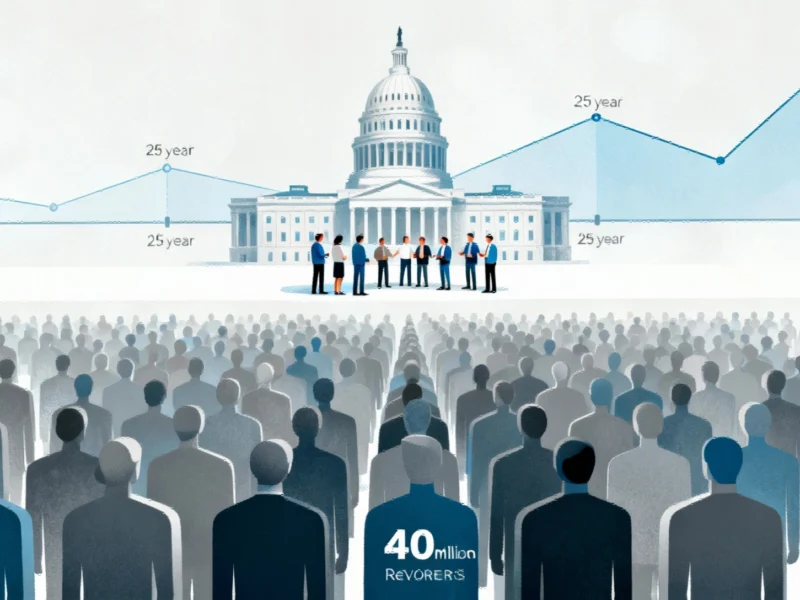Bankruptcy Reform Goals Versus Reality
When India introduced its new insolvency code in 2016, analysts suggest it was hailed as the end of what many called a “defaulter’s paradise.” According to reports, the World Bank had estimated that bankruptcies in the country previously dragged on for 4.3 years on average, more than twice as long as in China. The new regime reportedly promised to cut that timeline to 270 days while helping creditors recover significantly more of their dues.
Mixed Results After Nearly a Decade
Nearly a decade later, sources indicate the results have been decidedly mixed. Of approximately 8,000 firms admitted into the insolvency program, reports state that over three-fifths were successfully dealt with. However, three out of four cases have exceeded the 270-day deadline, according to research from CareEdge Ratings. The analysis reportedly shows that among 1,900 ongoing cases, 78% are overdue beyond the target timeframe, up from 68% in June last year. Recovery rates, at 32%, are said to be only marginally better than the pre-reform level of 25%.
Judicial and Infrastructure Challenges
Part of the problem, according to industry observers, is significant judicial delay. “Our courts are not in a hurry,” Abizer Diwanji of financial advisory firm NeoStrat Advisors told reporters. While lenders can theoretically trigger bankruptcy proceedings for defaults over 10 million rupees ($113,600), sources indicate admission can take up to two years in practice.
Infrastructure issues also reportedly contribute to the delays. Courtrooms are described as cramped with broken air-conditioning and inadequate seating for litigants. One lawyer reportedly grumbled about judges being often incompetent and sometimes corrupt. “Retired bureaucrats are appointed rather than experts from the industry,” insolvency litigator Sumant Batra stated, according to the report.
Liquidation Complications and Recent Reforms
Even voluntary closures with clean paperwork and no legal disputes reportedly take approximately 4.3 years, with nearly three years spent chasing government clearances. Courts have added their own complications, with the report noting that India’s Supreme Court scrapped one company’s $2.3 billion takeover of Bhushan Power and Steel in May, citing procedural lapses, only to reverse its verdict in September following industry backlash.
The government reportedly proposed a raft of fixes in August aimed at addressing these issues. Cases are to be fast-tracked once a default is proven, and a “clean-slate” rule would wipe out old claims upon approval to deter litigious parties. A new out-of-court route aims to speed up settlements of genuine failures. M.S. Sahoo, a former chair of a bankruptcy watchdog, reportedly believes these amendments will fulfill the code’s “intended purpose.”
Broader Economic Context
These bankruptcy challenges come amid other significant corporate developments in global markets. Reports indicate that TSMC’s strong quarterly results have provided positive momentum for technology companies, while kitchen startup Poppi’s sale to PepsiCo in a $2 billion deal demonstrates continued merger activity. Meanwhile, consumer technology markets see developments like the 3i G10 Plus robot vacuum receiving a 40% price reduction, and security concerns drive initiatives such as the EU accelerating anti-drone defense systems.
For creditors and businesses navigating India’s insolvency landscape, analysts suggest the promised reforms could significantly impact recovery timelines and outcomes if implemented effectively, though the track record of delays remains a concern for stakeholders.
This article aggregates information from publicly available sources. All trademarks and copyrights belong to their respective owners.



